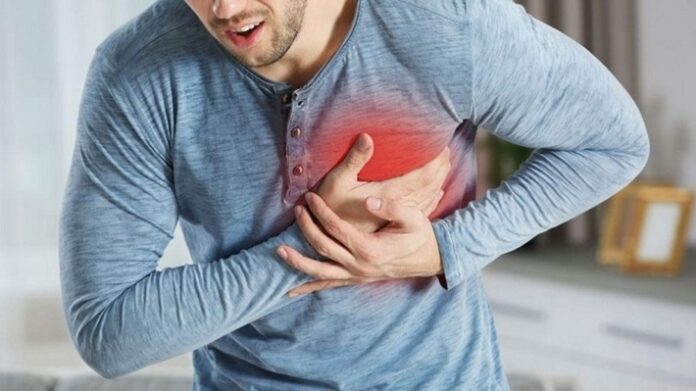Young people in their 20s and 30s are falling prey to stroke nowadays, a disease that is often associated with older adults. Unhealthy lifestyles, chronic stress, and an increasing prevalence of conditions such as hypertension and diabetes at younger ages are some factors contributing to this alarming condition among the young population. According to research, 10 to 15 percent of strokes happen in people below the age of 40, and the age of stroke patients in developing countries is reported to be 15 years less than in developed nations. This makes it crucial to understand the warning signs and risk factors for early management of symptoms. Dr Pooja Anand, Associate Consultant, Neurology, Paras Health Gurugram shares all you need to know
The Alarming Rise of Strokes in Younger Populations
The growing incidence of stroke among young Indians is due to a blend of lifestyle and genetic reasons. A sedentary lifestyle, consumption of a lot of processed foods, smoking, and excessive drinking are considered to be some of the major risk factors. Long hours of working, lack of sleep at night, and chronic stress add to this problem. Genetic factors such as having a family history of stroke also contribute to the disease. Alarmingly, younger people often ignore early warning signs, mistaking them for less severe conditions, which delays critical treatment.
Recognizing Stroke Warning Signs
Strokes happen due to the disruption of blood flow to a part of the brain, which may lead to damage to brain cells. If these symptoms are recognized early, they may be prevented from becoming irreversible. Sudden numbness or weakness, usually on one side of the body; difficulty speaking or understanding speech; and loss of vision in one eye or blurred vision are warning signs. Many people also have severe, unexplained headaches or dizziness, with problems with balance or coordination. In some cases, transient ischemic attacks (TIAs), often referred to as “mini-strokes,” can be precursors to a major stroke, with symptoms quickly resolving but signaling an urgent need for medical attention.
Understanding Risk Factors and Prevention
The most common risk factor for stroke is high blood pressure, which damages the blood vessels and increases the likelihood of clots. Other heart conditions, such as atrial fibrillation, also increase the risk, as they allow clots to move to the brain. Smoking is another major risk factor that not only damages blood vessels but also hastens the formation of clots. Poor diet and lack of exercise further add to the risk factors, thereby causing obesity, high cholesterol, and diabetes.
These modifiable risk factors need to be addressed to prevent strokes. Healthy blood pressure, a balanced diet, and regular physical activity are important steps. Smoking cessation and stress management through mindfulness and yoga can greatly reduce the risk. Regular health check-ups to monitor blood pressure, cholesterol, and blood sugar levels are essential for early intervention.
The Importance of Early Diagnosis and Timely Action
Quick action is essential in the management of a stroke as it limits the extent of damage caused. Diagnostic techniques like CT scans, MRIs, and blood tests indicate the nature and location of the stroke and determine its treatment. For ischemic strokes, administering clot-dissolving medications within the three-hour golden window can prevent massive brain damage; however, treatment is most effective during the golden window. Hemorrhagic strokes, which are usually caused by ruptured blood vessels, require immediate medical intervention to stop the bleeding and stabilize the patient.
A stroke is a medical emergency that demands immediate attention. For young adults, the rising trend of strokes is a wake-up call to be more health-conscious and adopt preventive measures. If recognized early, making lifestyle changes, such as exercising regularly, eating a balanced diet, and managing stress, can help significantly reduce the risk. If you or someone around you shows signs of a stroke, call for medical attention right away. Being aware of the strokes and taking quick action can help prevent them and save lives.


